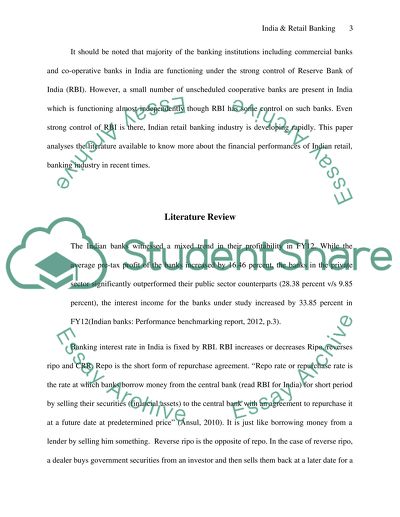Cite this document
(“Financial Performance of Retail Banking in India Literature review”, n.d.)
Financial Performance of Retail Banking in India Literature review. Retrieved from https://studentshare.org/finance-accounting/1478439-financial-performance-of-retail-banking-in-india
Financial Performance of Retail Banking in India Literature review. Retrieved from https://studentshare.org/finance-accounting/1478439-financial-performance-of-retail-banking-in-india
(Financial Performance of Retail Banking in India Literature Review)
Financial Performance of Retail Banking in India Literature Review. https://studentshare.org/finance-accounting/1478439-financial-performance-of-retail-banking-in-india.
Financial Performance of Retail Banking in India Literature Review. https://studentshare.org/finance-accounting/1478439-financial-performance-of-retail-banking-in-india.
“Financial Performance of Retail Banking in India Literature Review”, n.d. https://studentshare.org/finance-accounting/1478439-financial-performance-of-retail-banking-in-india.


